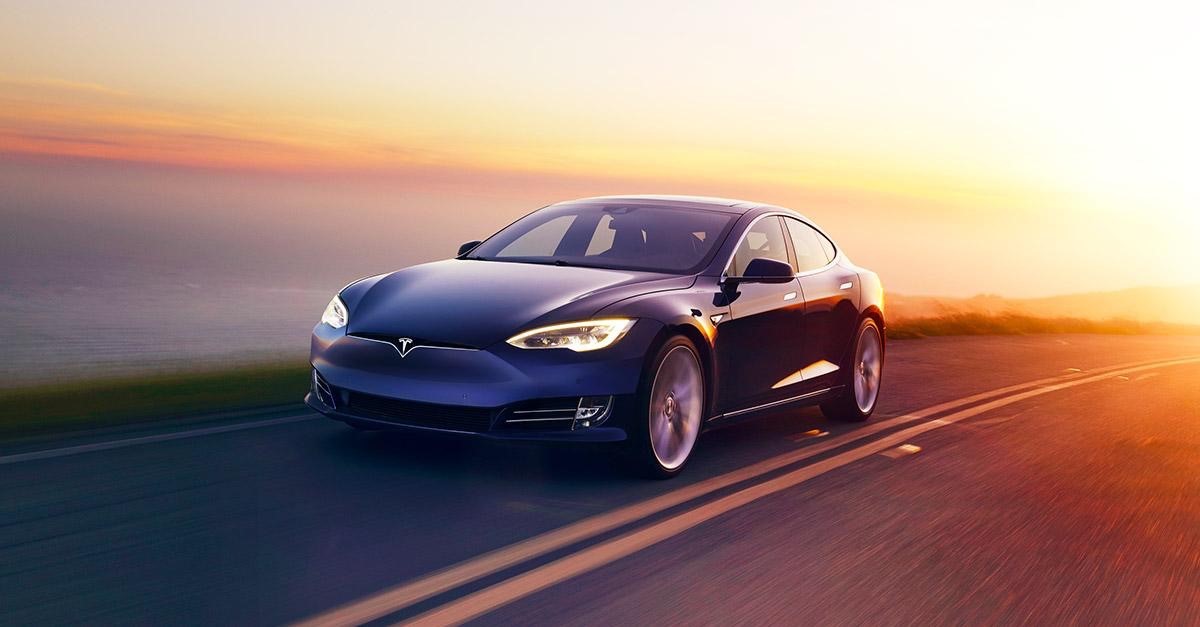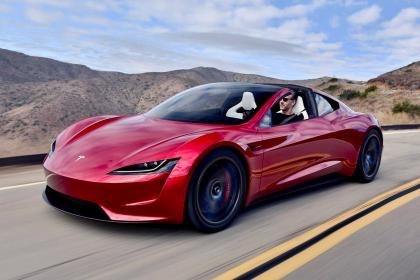TESLA INC.
By Kia Popat
Tesla Inc. is a company that specialises in electric vehicles, energy storage and solar panel manufacturing, and was founded by the CEO, Elon Musk, in 2003. Tesla has released two powerwalls, solar panels, and four cars; the (original) Roadster, the Model S, the Model X, and the Model 3. They will also release Tesla trucks, and the ‘2020’ Roadster, which is an updated version of the much earlier one.
tesla's powerwall
Tesla’s powerwall is an at-home lithium-ion battery that can store solar energy and provide backup power for homes. It can be mounted on the floor or wall of a home, on the outside or inside. As well as having the ability to store solar power, it can also draw electricity from the utility grid when rates are low and store it for later use. The powerwall comes with an inverter, which converts the electricity generated in the solar panels into an alternating current which can then be used as electricity. The powerwall can operate in temperatures from -20 to 50 degrees celsius and has a usable capacity of 13.5 kWh. It can provide 5 kW of continuous power, and would, in theory, enable users to go completely off grid, however most users would still require grid connection during periods of high demand.
TESLA'S SOLAR PANELS
Solar panels, despite being a good way to generate free and sustainable energy for homes, are not always installed as they are considered unsightly. However, Tesla’s solar panels cover the top of an entire house and look just like a normal roof because each “tile” is a small solar panel, made of tempered glass with a solar cell inside. Not every single glass tile would be solar tiles, as it is usually unnecessary. The non-solar tiles look exactly the same as the solar tiles, so a mix of the two is usually appropriate. The tiles are supposed to be three times stronger than standard roofing tiles, and are printed in a way that they would look opaque, like regular tiles, to a person standing at street level. The solar panels contain cells that can convert light from the sun into electricity, and when multiple cells are connected in series, the generated voltage can be increased. The inverter in the powerwall then converts the electricity from DC (direct current) to AC (alternating current), and stores the electricity.
tesla cars
Tesla cars have a very powerful battery, which can be quickly charged by electricity. This gives the car the energy required to run for a certain period of time. The batteries used in Tesla cars are similar to the ones that can be found in laptops and smartphones. Lithium ion batteries are used as they are extremely powerful, and the batteries found in Tesla cars are made of thousands of lithium ion cells, and therefore cost around several thousand pounds. They are made at the headquarters in the Tesla Bay Area and come with a heating system that allows people to start their cars despite any cold weather conditions.
Tesla cars can be recharged through a charging outlet, at a person’s house, unlike hybrid cars which also require hydrocarbon fuel along with the battery in order to cater to power requirements. Teslas can also be charged at supercharging stations across the country, during longer drives. Tesla superchargers can fully charge a Model S car in 75 minutes. When a Tesla is charged from mains power, the alternating current is inverted into direct current, which is stored in the car’s battery. Supercharging can work so quickly as it uses extremely high voltage direct current, and can therefore bypass the inverter.
Tesla cars also have a small motor inside them, which converts electrical energy from the batteries to mechanical power which moves the vehicle, which is much more efficient than the traditional combustion engine. In the long run, this saves money as drivers of Tesla cars can get a longer range for the charge.
In 2015, Tesla released their autopilot capability, placing them between level 2 and level 3 of car automation as the driver had to be able to take full control in short notice, as the system could not read traffic signals or identify pedestrians or cyclists. Later, Tesla released a new feature that allows cars to self-park without the driver being in the car. From October 2016, all Tesla cars were being built with hardware to allow full self-driving capability, at Level 5. This incorporates the use of eight surround cameras, twelve ultrasonic sensors, forward facing radar and enhanced processing capabilities, however will process without actually taking action, until it is ready to be fully implemented.





